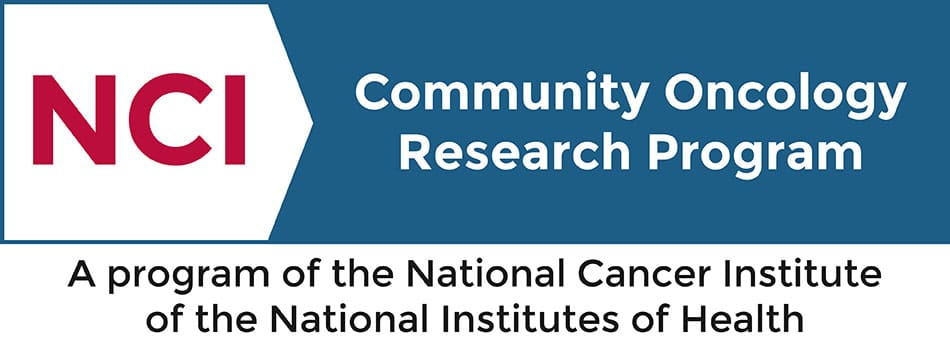As technology advances and brings new equipment and programs to medicine, neurosurgeons are able to provide better treatment options and experiences to patients.
Dr. Navid Redjal, director of Neurosurgical Oncology at Capital Health and a Harvard-trained neurosurgeon with extensive research and clinical background in neuro-oncology, sat down with us to explain some of the most critical advancements that have taken place in the neurosurgical world within the past few years.
What types of advancements have you seen in neuroradiology and imaging to diagnose and treat patients?
Specifically for neuroradiology, we know that significant advancements in imaging have allowed us to better identify and characterize specific lesions in the brain, which helps us better target therapy to the tumor and also delineate and minimize damage to normal pathways in the brain.
Diffuse tensor imaging, or DTI, allows us to know specifically where the specific, important tracks in the brain are, and using that information in combination with where the tumor is, we can minimize surgical morbidity.
Functional MRIs allow us to figure out what part of the brain is doing what, and this really is helpful in certain cases. For instance, if you have a tumor that’s close to the speech area, we can use a functional MRI and try to delineate specifically where the tumor is in relation to the speech area.
Can you explain how neuro-navigation works?
With neuro-navigation, we use technology that uses the advanced imaging and integrates into an intraoperative system that works like a GPS in the actual surgery. This technology allows us to do minimally invasive neurosurgery by using precise targeting of the tumor during surgery. This technology has advanced significantly as processing speed has gotten much better. It has allowed for us to have real-time neuro-navigation during surgery.
For instance, the microscope that we use during surgery has navigation integrated, so the focus point of the microscope delineates the precise location where we are in the brain.
What other new and advanced types of tools are Capital Health surgeons using for neurosurgery?
With some of the more advanced tools, we can do surgery through smaller tubes, so there’s a field called neuro-endoscopy that has allowed us to take tumors and hemorrhages out through very small instruments. As these tools have advanced and gotten smaller and smaller, we’ve been able to be less invasive when we do surgery in the brain, minimizing damage to the normal brain.
Also, there’s fluorescent-guided tumor surgery, which is when you provide a specific agent to the bloodstream, and the cancerous tumors take up that agent and they become fluorescent under specific types of light that our microscopes picks up. This is relatively new over the last 10 years, and we’re starting to use it more and more during tumor surgery.
And at Capital Health, we have CyberKnife® radiosurgery, which allows for submillimeter precision of radiation to a tumor with minimizing radiation to normal structures. The CyberKnife® is a robotic arm that has a radiation source within its head, and it’s able to collimate the beams of radiation to pinpoint targets, minimizing radiation to the rest of the brain.
Can you explain how advancements in neuropathology are so crucial to treatment?
The whole field of neuropathology has allowed us to characterize tumors better. Molecular pathology is really dictating prognosis and treatment for patients in this new era, so the ability to detect certain mutations in only a small amount of tumor sample is something that we couldn’t do many years ago. Now, we’re able to use that technology, as you know, similar to how you can get your genome sequence commercially from companies like 23andMe.
So the ability to do these things relatively rapidly now at a low cost has allowed us to have a better understanding of these tumors. And the advancement in technology really has allowed us to do molecular profiles for tumors, which dictates treatments and targeted therapeutics.
How do surgeons determine when to use awake surgery?
Surgeons come to this decision when needing to assess a function of the brain that can’t be assessed when the patient is asleep. So, for instance, if you have a tumor that’s near the motor or sensory area, you can test those things when a patient is asleep; you actually put monitors on the arms and hands and legs, and you can test function if it’s in relation to the motor or sensory brain cortex. But let’s say a tumor is in the speech area or in an area of complex function, then you need the patient awake to test this function.
For example, with a person who plays the violin, there’s not a specific known center of the brain that is responsible for violin playing for that individual. And, therefore, if that is a very important function that the person does not want to risk losing, you keep the patient awake during surgery and test an area of the brain before resection while patient is doing the particular task, in order to minimize damage to this eloquent brain cortex while removing the tumor.
_____________________________________________________________________________
Capital Health’s network of experienced physicians utilize advanced technology to better diagnose patients and provide the best possible treatment. To learn more or to schedule an appointment, click here or call 609-537-6363.



